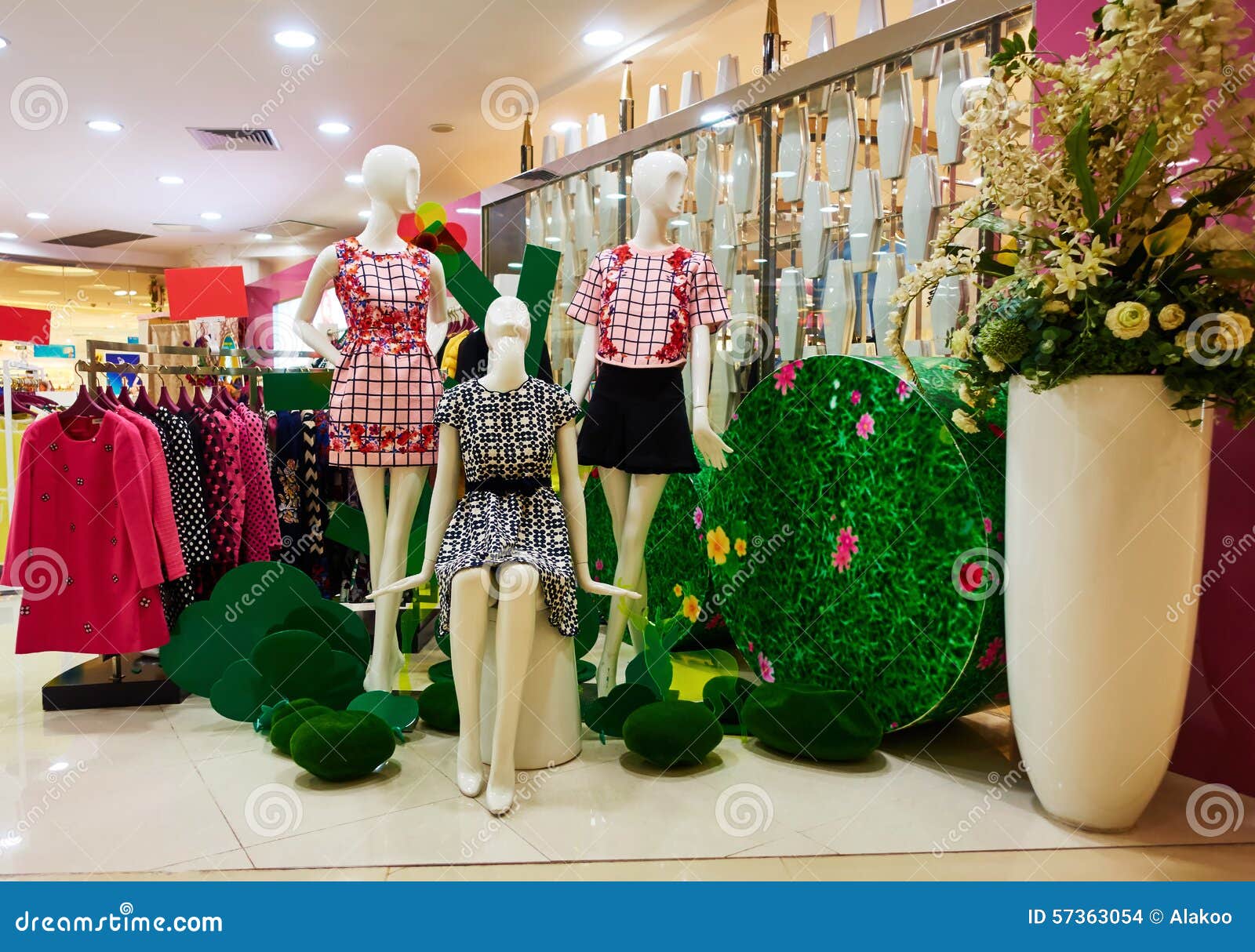Sustainable Fashion: How Eco-Friendly Clothing Is Forming the Future of Design
As the garment industry deals with increasing analysis over its ecological influence, the rise of lasting style supplies a promising alternative that aligns design with ecological responsibility. Employing ingenious products such as recycled fibers and plant-based textiles, along with sophisticated methods like digital and 3D printing, designers are redefining what it indicates to be classy in the contemporary age. Simultaneously, the expanding appeal of upcycling and thrift culture is fostering a change in the direction of a circular economic situation. Exactly how does this motion genuinely affect the future trajectory of fashion, and what difficulties lie ahead in its widespread fostering?
Ingenious Sustainable Materials
As the apparel industry grapples with its environmental influence, cutting-edge lasting materials have actually become a vital solution for lowering ecological footprints. Among the most appealing materials are those derived from all-natural, eco-friendly resources, such as organic cotton, hemp, and bamboo. These materials not only minimize dependency on fossil gas however likewise decrease hazardous chemical use and water consumption. Organic cotton, for example, makes use of dramatically less water than conventional cotton and removes the demand for hazardous chemicals, consequently protecting dirt wellness and biodiversity.
In addition to plant-based materials, improvements in biofabrication have actually led to the advancement of lab-grown fabrics. Mycelium leather, obtained from mushroom origins, offers a biodegradable and functional choice to animal leather. Its manufacturing leads to considerably reduced carbon discharges and water usage, making it a much more sustainable choice for stylist seeking to line up with environment-friendly techniques.
Recycled materials are also obtaining grip, with polyester made from recycled plastic bottles standing for a substantial advancement. This technology not just diverts plastic waste from oceans and land fills yet likewise lowers power intake contrasted to generating virgin polyester. With each other, these materials emphasize the capacity for an extra lasting fashion sector, paving the method for eco conscious design and manufacturing.
Eco-Conscious Manufacturing
Building on the innovations in lasting materials, the apparel industry is likewise re-evaluating its production processes to even more reduce environmental influence. Secret approaches include decreasing water consumption, decreasing carbon emissions, and eliminating dangerous chemicals. By taking on closed-loop systems, producers aim to recycle water and energy efficiently, significantly lessening waste. The integration of renewable resource resources, such as solar and wind power, into production facilities additionally reduces reliance on nonrenewable fuel sources.
Another essential aspect is the reduction of harmful chemicals traditionally used in dyeing and finishing textiles. Eco-conscious suppliers are moving in the direction of plant-based dyes and waterless dyeing innovations, which not only protect neighborhood environments but also improve employee safety and security. Developments like electronic printing decrease textile waste and power usage, providing a cleaner choice to standard approaches.
Furthermore, openness and traceability have become critical. With the development of blockchain technology, business can currently provide in-depth understandings right into their supply chains, making sure moral and eco-friendly practices at each action. This openness develops consumer depend on and urges brands to keep high sustainability requirements. As the demand for eco-conscious items grows, producers are compelled to innovate, making sure that the future of style is both sustainable and trendy.
The Increase of Upcycling
Upcycling, a transformative practice in sustainable fashion, involves creatively repurposing discarded products right into brand-new, top notch products. This ingenious technique not only minimizes waste however likewise diminishes the need for raw products, consequently minimizing the environmental effect of garments manufacturing. By reimagining and rebuilding existing things, developers and fashion brands are able to infuse creativity right into their collections while advertising environmental obligation.

Additionally, the upcycling motion has actually empowered tiny companies and independent designers, that often lead in technology due to their agility and imagination. By taking advantage of the plentiful availability of unused products, these entities add to a round economy, showing that fashion can be both elegant and lasting. With upcycling, the industry takes considerable strides in the direction of a more liable and aware future.
Thrift Society's Impact
The growing thrift society considerably reshapes the landscape of lasting fashion, emphasizing the relevance of conscious consumption. This cultural shift motivates customers to embrace used clothing, consequently decreasing the need for new garment manufacturing and decreasing environmental effect. Second hand buying not just prolongs the lifecycle of garments but additionally decreases the carbon impact associated with production, delivering, and disposing of clothing.
An essential element of thrift society is its democratization of style. By supplying a vast array of designs from numerous periods at budget friendly rates, second hand stores make style available to a broader target market. This accessibility cultivates a sense of uniqueness and creativity, as consumers mix and match one-of-a-kind items to curate tailored closets without adding to the quick fashion cycle.
Moreover, thrift society promotes circularity in vogue, aligning with the concepts of a round economy. By recirculating garments, the cycle of waste is interrupted, and resources are saved. This technique supports a shift from a direct "take-make-dispose" design to a more lasting framework. As even more designers and customers welcome second hand society, the style industry is compelled to adjust, incorporating lasting methods to meet the expanding demand for eco-conscious choices.

Future Trends in Style
Fashion's advancement is increasingly shaped by sustainability-driven initiatives and technological innovations. As customers come to be more eco conscious, the market is reacting with groundbreaking improvements that redefine the future of visit the site style. One famous fad is the rise of electronic style, where online garments can be put on in enhanced fact environments, dramatically lowering material waste. This shift not just caters to the digital-savvy customer however likewise lessens the ecological impact commonly connected with garment manufacturing.
Additionally, the assimilation of blockchain modern technology provides new possibilities in openness and traceability, allowing consumers to verify the sustainability qualifications of their clothing. boutique fashion. This ensures responsibility in supply chains and promotes honest sourcing methods. 3D printing is yet another development that assures to transform manufacturing processes by making it possible for on-demand production, therefore minimizing excess inventory and waste
As these technologies develop, they are poised to transform the style landscape, merging design with sustainability. The future of fashion, for that reason, lies in a seamless mix of innovation, technology, and ecological responsibility.
Final Thought
The makeover of the style industry with sustainable practices shows a crucial shift towards environmental click to find out more liability. This advancement not only aligns fashion with eco-friendly sustainability however additionally sets a precedent for future trends concentrated on duty and advancement.
As the fashion industry faces boosting scrutiny over its ecological effect, the rise of lasting style supplies an encouraging option that lines up design with ecological duty.As the style sector grapples with its environmental impact, ingenious lasting products have emerged as an essential option for minimizing eco-friendly footprints. Together, these materials underscore the possibility for an extra lasting style market, leading the way for eco aware style and production.
Building on the developments in sustainable products, the fashion industry is likewise re-evaluating its production procedures to additionally minimize environmental effect. boutique fashion.Upcycling, a transformative technique in lasting my review here style, involves artistically repurposing discarded products right into new, high-quality products